Worksheet Photosynthesis and Cellular Respiration 7th Grade
Photosynthesis and cellular respiration are essential concepts for 7th-grade students to learn in their science curriculum. These worksheets provide a comprehensive review of the key principles and processes involved in these crucial biological processes.
Table of Images 👆
More 7th Grade Worksheets
7th Grade Vocabulary WorksheetsPre-Algebra 7th Grade Math Worksheets
7th Grade Math Worksheets Proportions
Complex Sentence Worksheets 7th Grade
Geometry Angles Worksheet 7th Grade Math
What is photosynthesis?
Photosynthesis is the process by which green plants, algae, and some bacteria convert light energy, usually from the sun, into chemical energy stored in glucose. This process involves the absorption of carbon dioxide and release of oxygen as a byproduct, and is crucial for the survival of most organisms on Earth as it is the primary source of oxygen and organic compounds.
Where does photosynthesis occur in plants?
Photosynthesis occurs mainly in the chloroplasts of plant cells, specifically in the mesophyll cells of the leaves. The chloroplasts contain the pigment chlorophyll, which captures light energy and converts it into chemical energy through a series of complex reactions to produce glucose and oxygen.
What are the main inputs or reactants of photosynthesis?
The main inputs or reactants of photosynthesis are carbon dioxide (CO2) and water (H2O), which are converted into glucose and oxygen (O2) with the help of light energy absorbed by chlorophyll in plant cells.
What are the main outputs or products of photosynthesis?
The main outputs or products of photosynthesis are oxygen and glucose. Oxygen is released into the atmosphere as a byproduct, while glucose is used by the plant for energy and growth.
How is energy transformed during photosynthesis?
During photosynthesis, energy from sunlight is converted into chemical energy in the form of glucose. This transformation occurs through a series of reactions in the chloroplasts of plant cells, where light energy is used to drive the conversion of carbon dioxide and water into glucose and oxygen. This process involves the absorption of sunlight by chlorophyll molecules, which excites electrons and triggers a chain of reactions that ultimately result in the production of glucose, a usable form of energy for the plant.
What is cellular respiration?
Cellular respiration is the process by which cells break down glucose and other organic molecules to produce energy in the form of ATP. This process occurs in the mitochondria of eukaryotic cells and involves three main stages: glycolysis, the citric acid cycle, and oxidative phosphorylation. Through a series of biochemical reactions, cells extract energy from nutrients and convert it into a usable form that powers various functions within the cell.
Where does cellular respiration occur in cells?
Cellular respiration occurs in the mitochondria of cells.
What are the main inputs or reactants of cellular respiration?
The main inputs or reactants of cellular respiration are glucose and oxygen. Glucose is broken down through a series of biochemical reactions to produce energy in the form of ATP, and this process requires oxygen as the final electron acceptor in the electron transport chain.
What are the main outputs or products of cellular respiration?
The main outputs or products of cellular respiration are adenosine triphosphate (ATP), carbon dioxide, and water. ATP is the main energy currency of the cell that is produced during the process of cellular respiration, while carbon dioxide and water are waste products that are expelled from the body.
How is energy transformed during cellular respiration?
During cellular respiration, energy is transformed in several steps. Glucose is first broken down in the cytoplasm into pyruvate in a process called glycolysis, resulting in a small amount of ATP. Pyruvate is then transported into the mitochondria and converted further through the Krebs cycle, generating more ATP. The final stage, the electron transport chain, uses electrons from the Krebs cycle to produce a large amount of ATP through oxidative phosphorylation. In summary, energy is transformed through the breakdown of glucose into ATP molecules through a series of biochemical processes within the cell.
Have something to share?
Who is Worksheeto?
At Worksheeto, we are committed to delivering an extensive and varied portfolio of superior quality worksheets, designed to address the educational demands of students, educators, and parents.





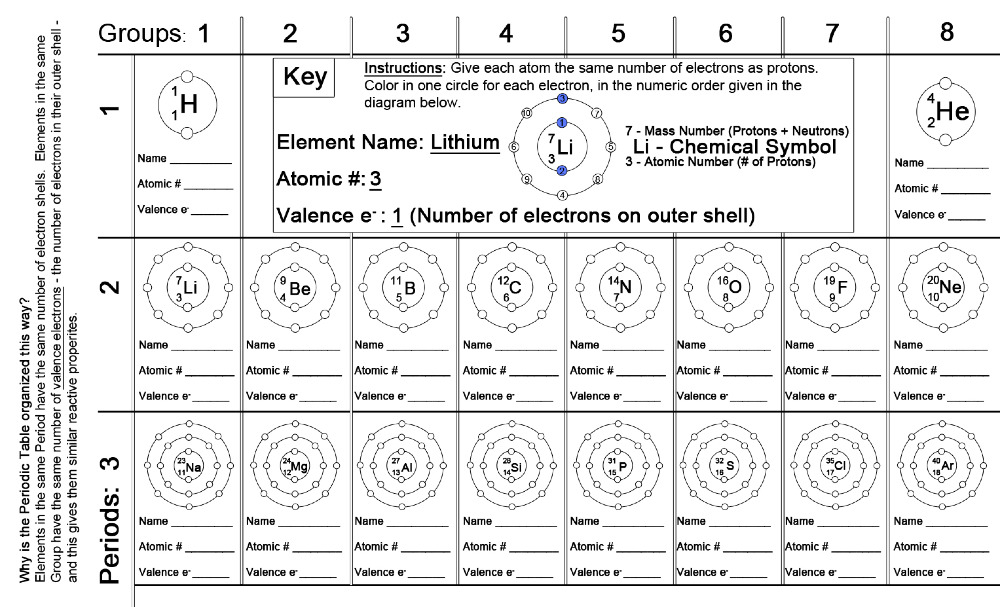

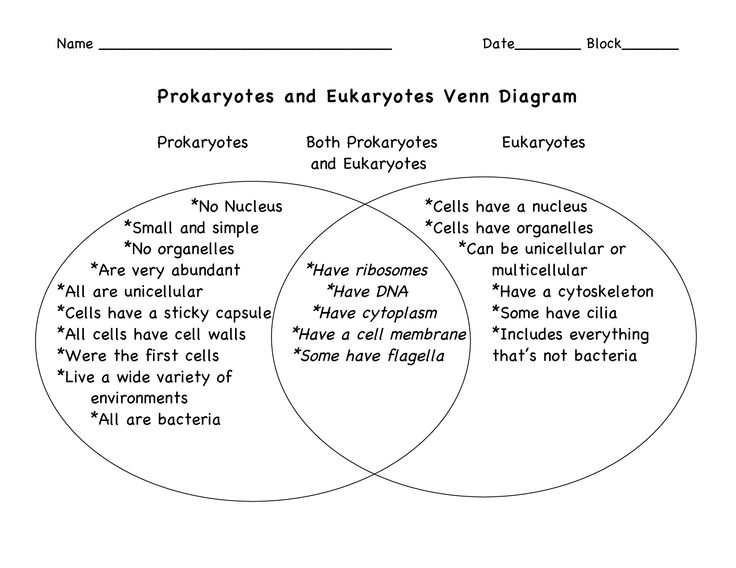
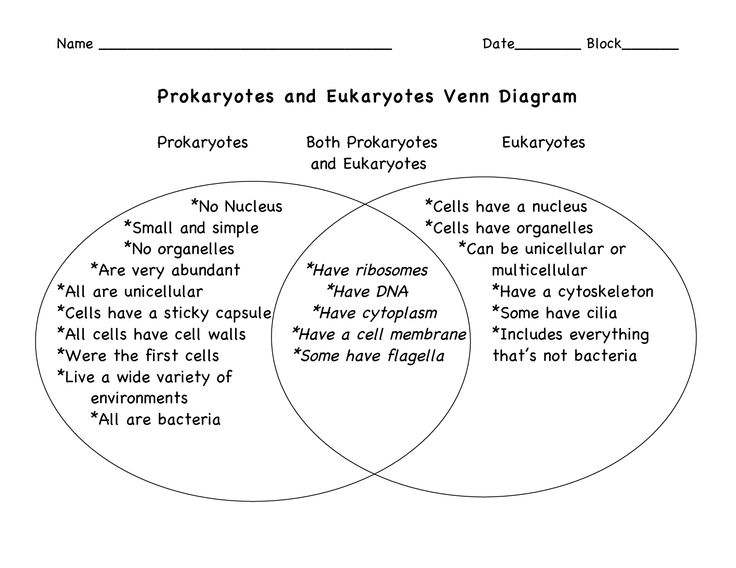
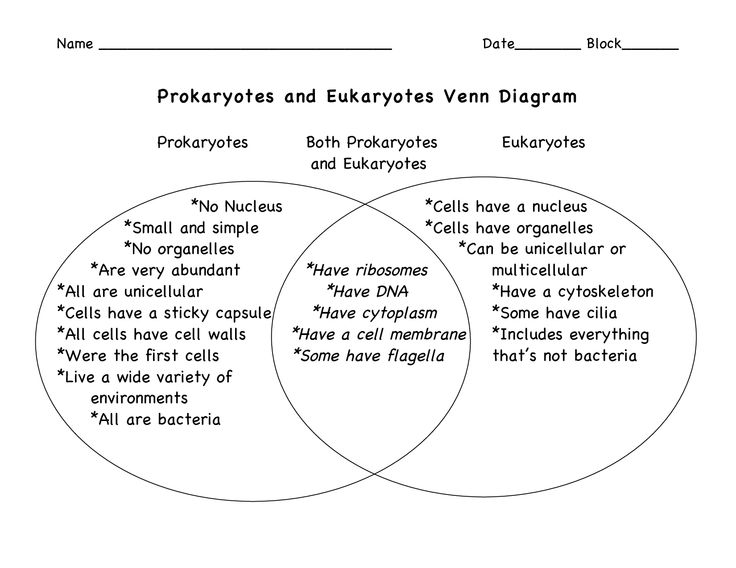
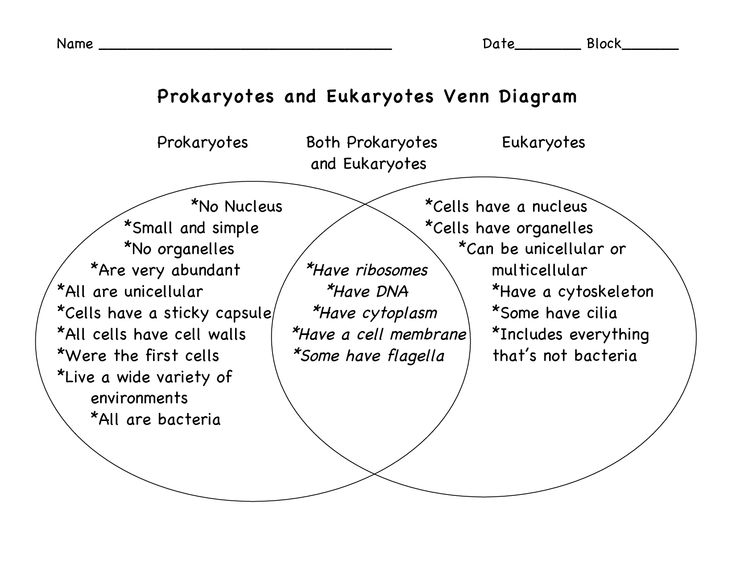
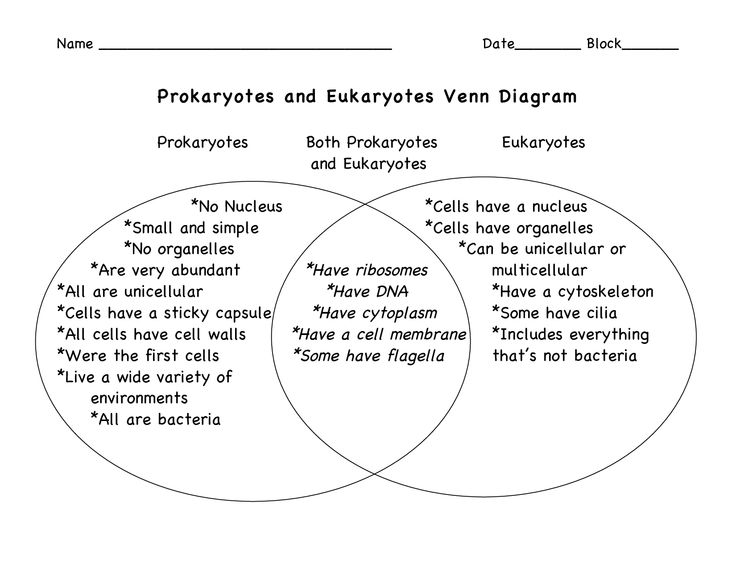
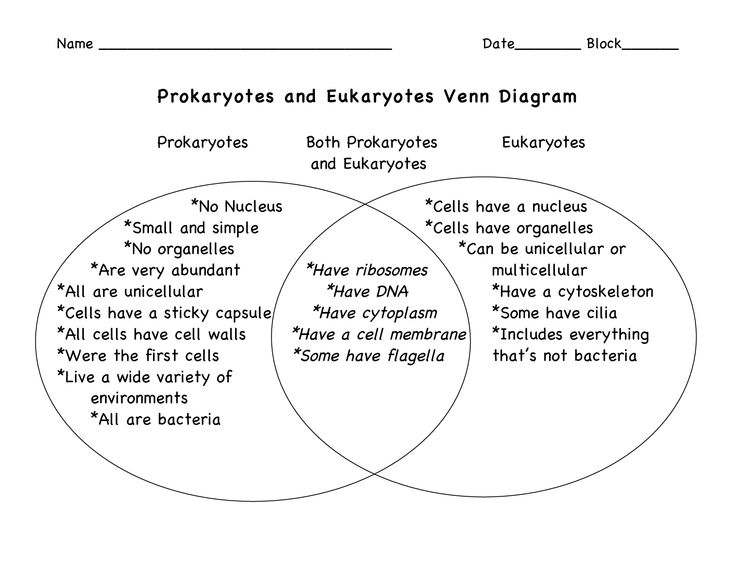
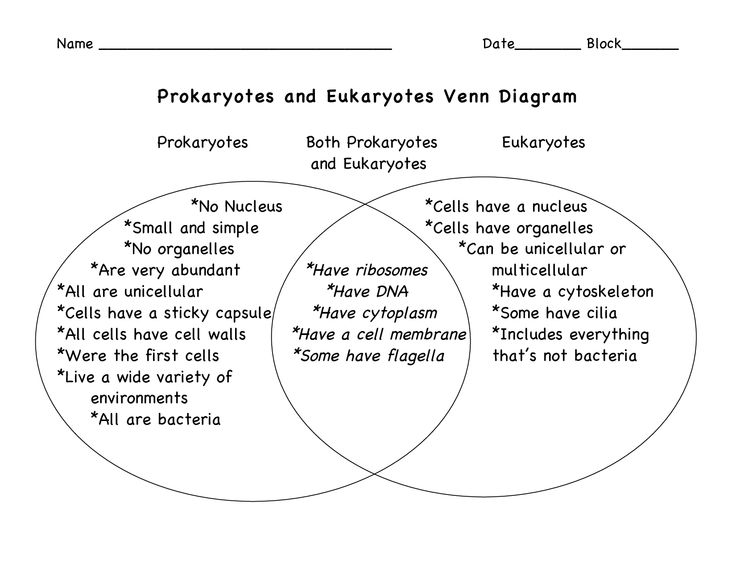
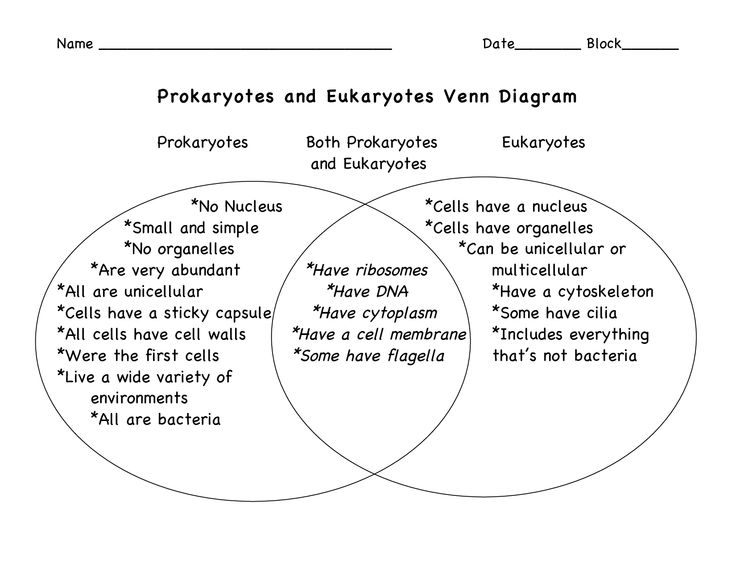
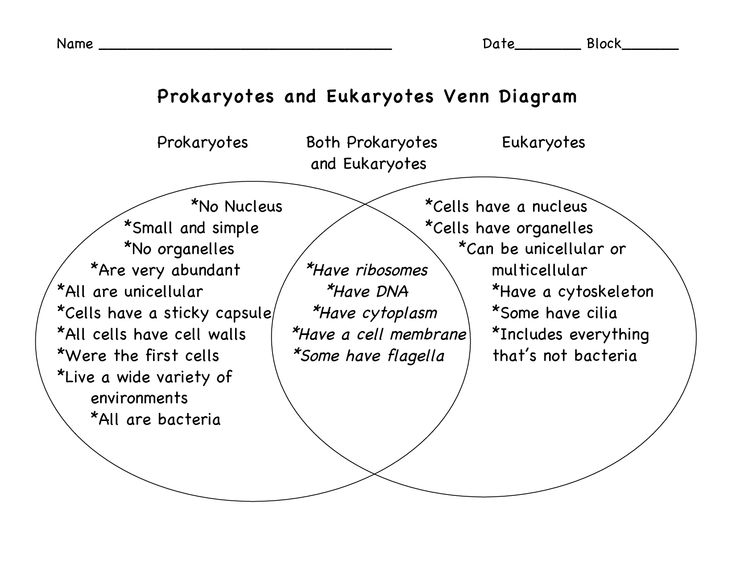
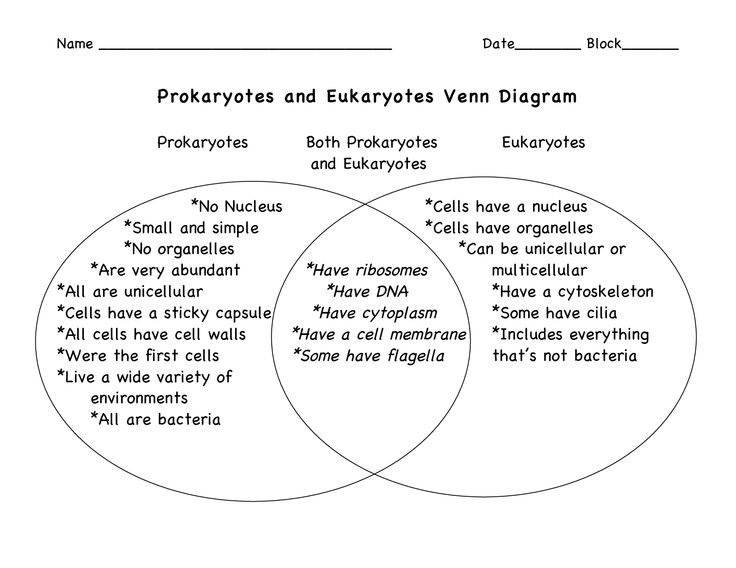
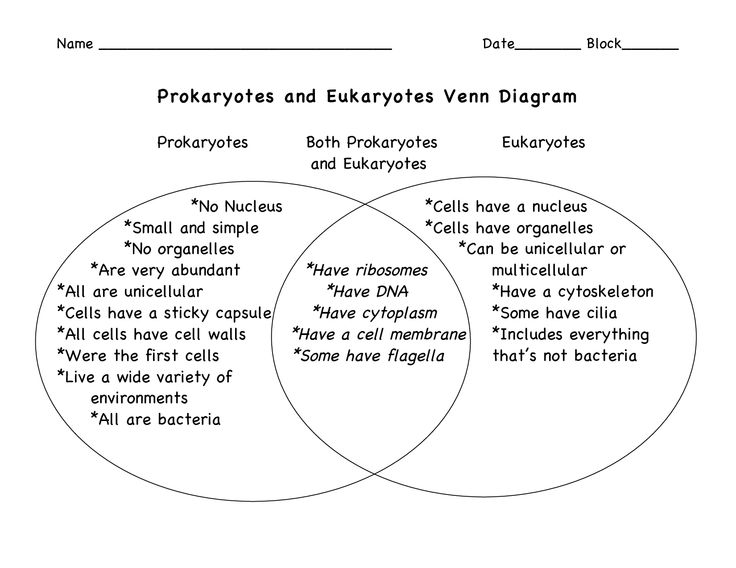
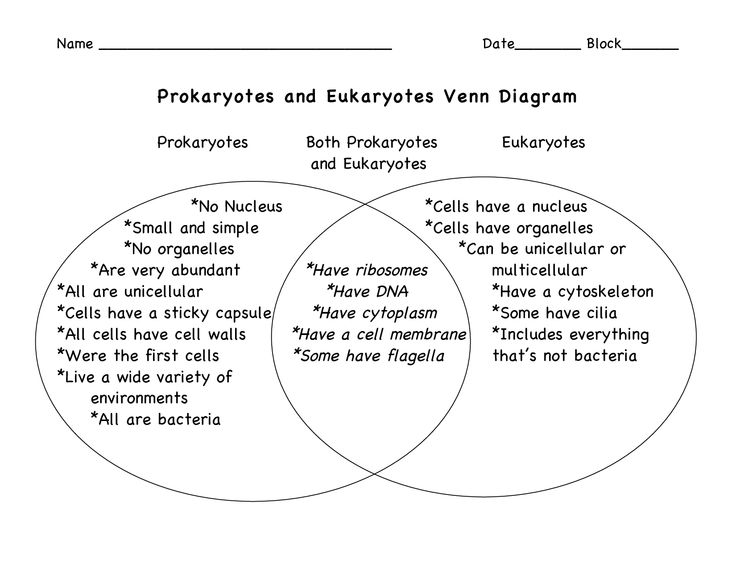
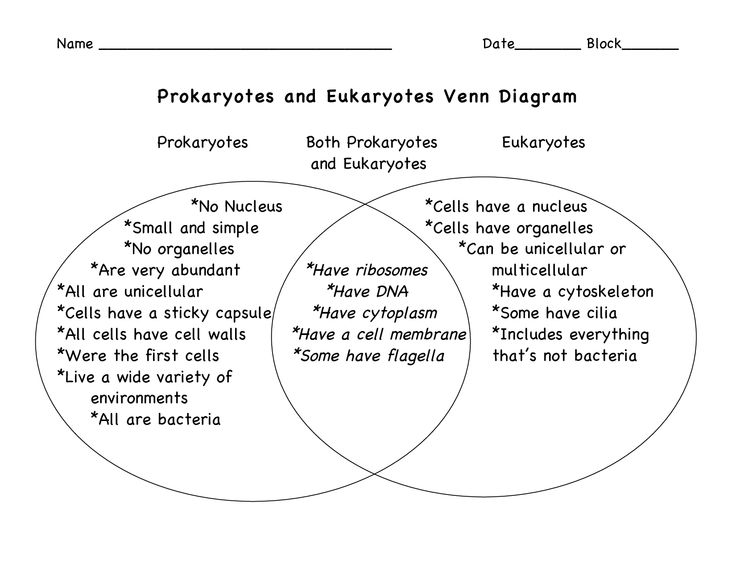
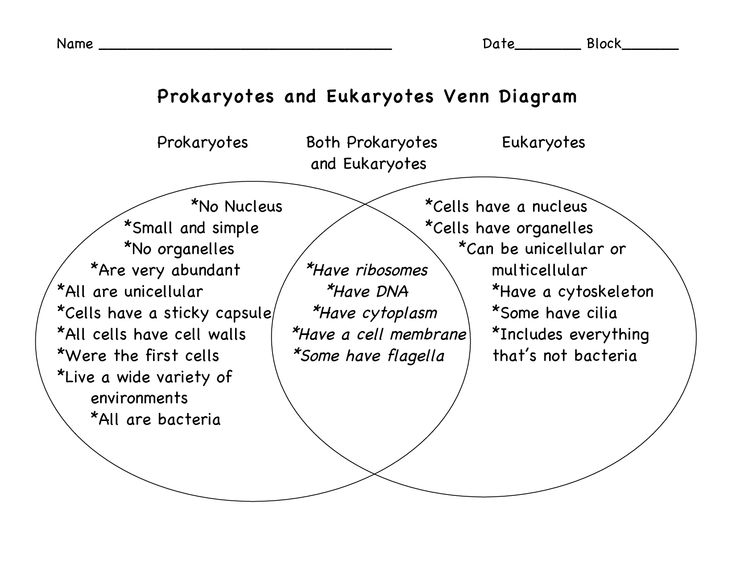
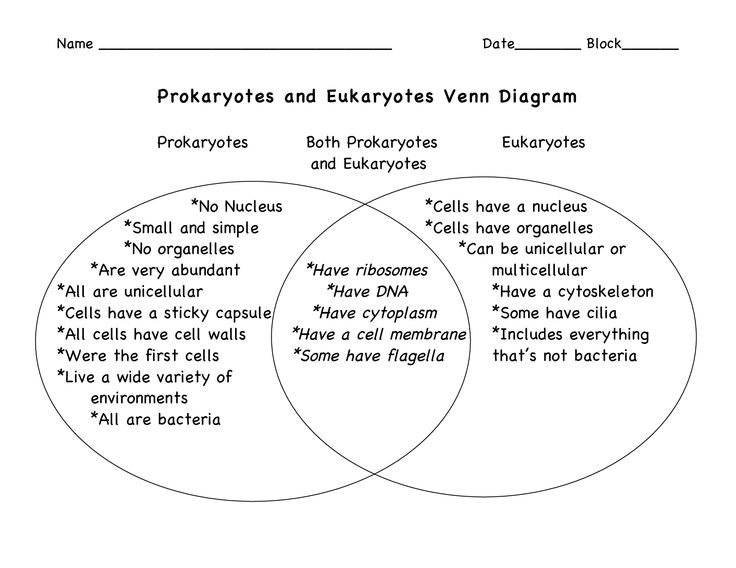
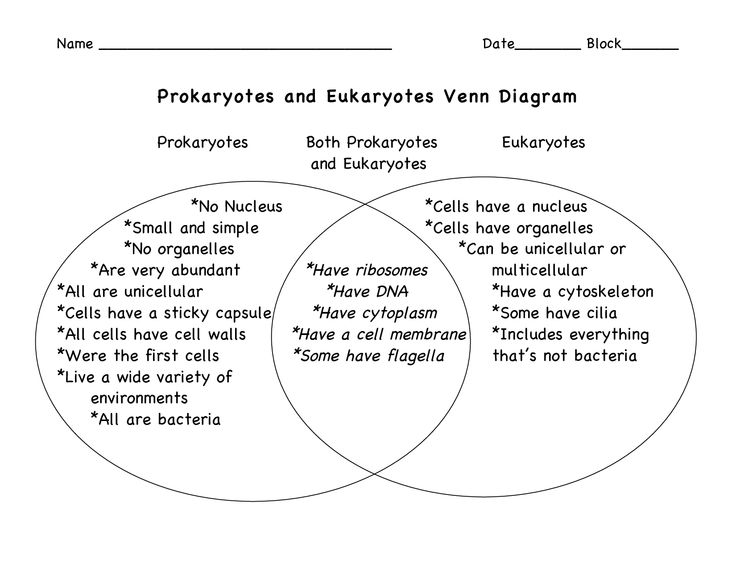










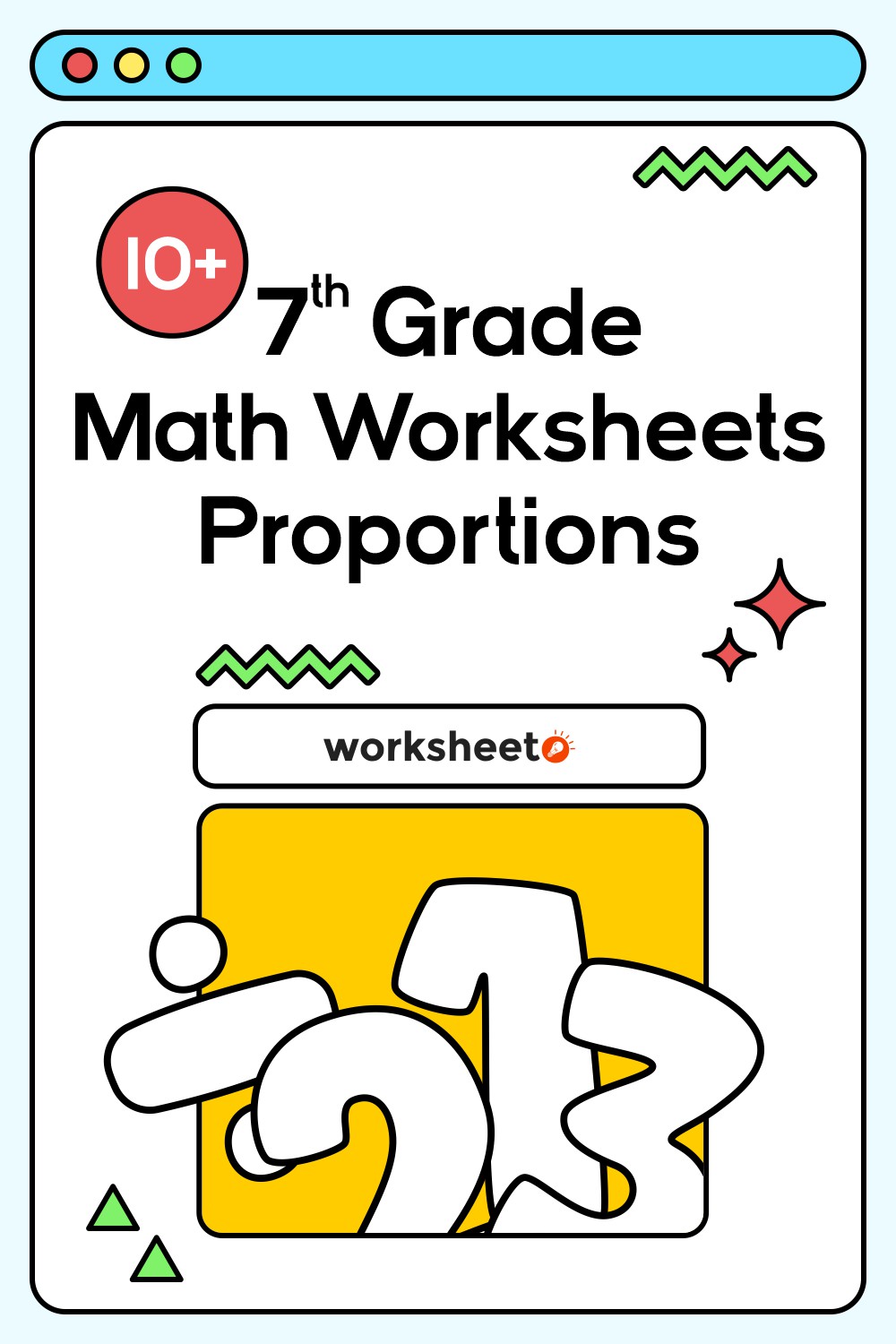

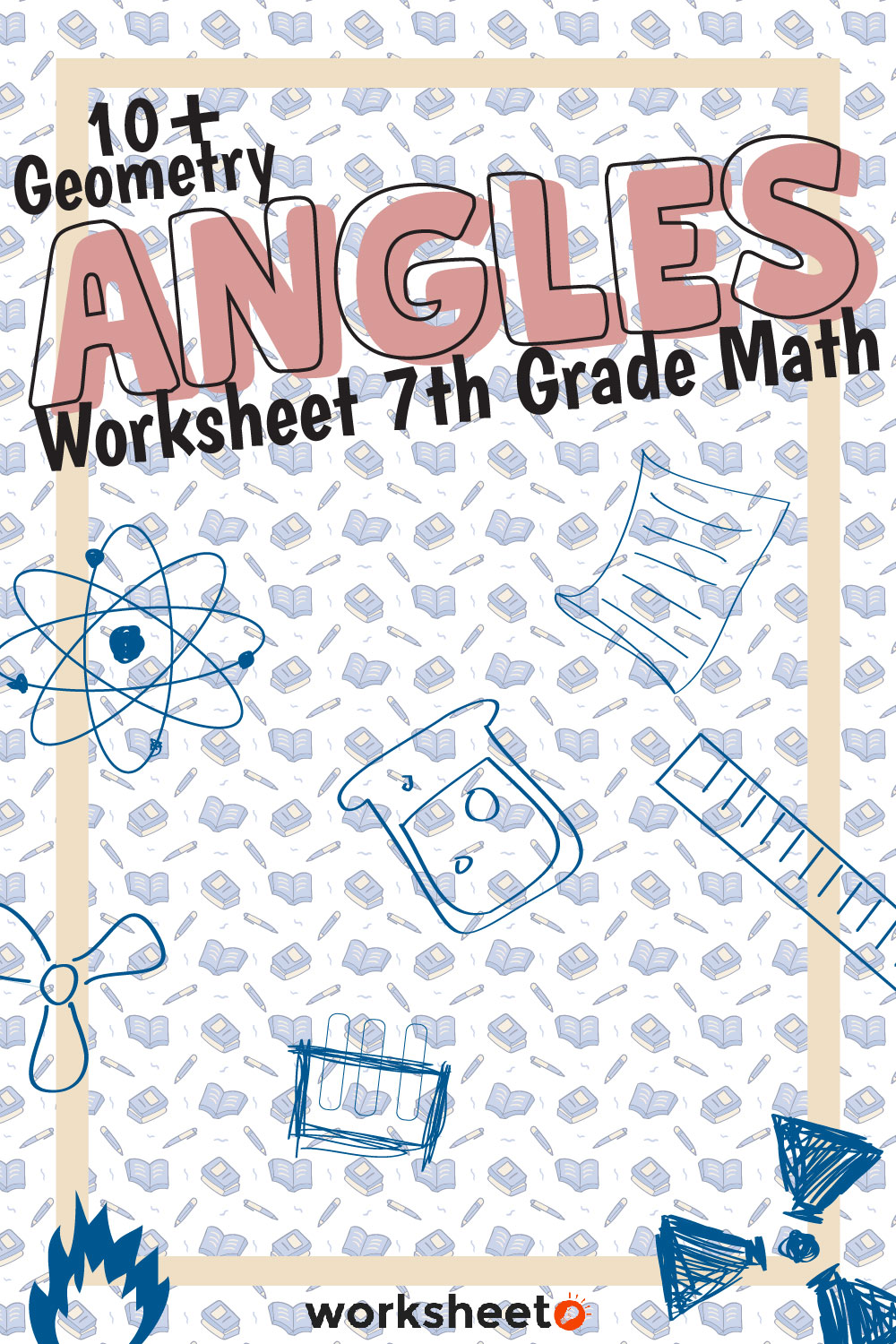
Comments